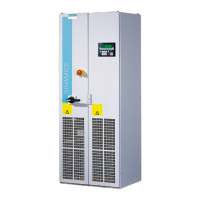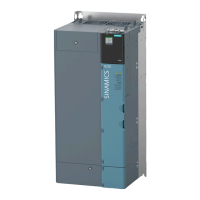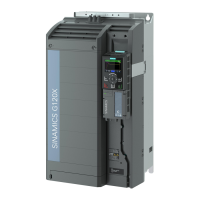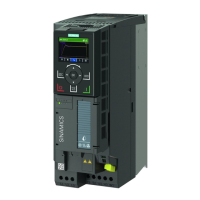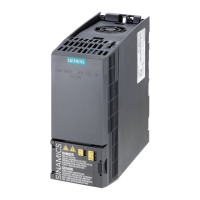Faults and alarms
Overview of faults and alarms
3-966
© Siemens AG 2012 All Rights Reserved
SINAMICS S110 List Manual (LH7), 06/2012, 6SL3097-4AP10-0BP3
3.1 Overview of faults and alarms
3.1.1 General information on faults and alarms
Faults and alarm displays
If a fault occurs, the drive indicates this by issuing corresponding fault(s) and/or
alarm(s).
The following methods for displaying faults and alarms are available:
• Display via the fault and alarm buffer with PROFIBUS
• Display online via the commissioning software
Differences between faults and alarms
The differences between faults and alarms are as follows:
Table 3-1 Differences between faults and alarms
Type Description
Faults What happens when a fault occurs?
• The appropriate fault reaction is triggered.
• Status signal ZSW1.3 is set.
• The fault is entered in the fault buffer.
How are faults eliminated?
• Remove the original cause of the fault.
• Acknowledge the fault.
Alarms What happens when an alarm occurs?
• Status signal ZSW1.7 is set.
• The alarm is entered in the alarm buffer.
How are alarms eliminated?
• Alarms acknowledge themselves. If the cause of the alarm is no lon-
ger present, they automatically reset themselves.

